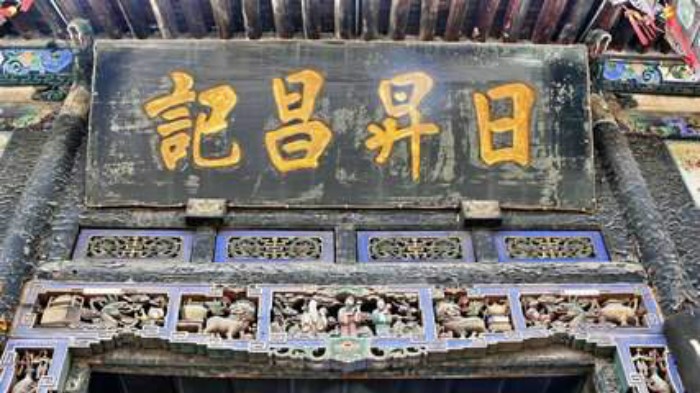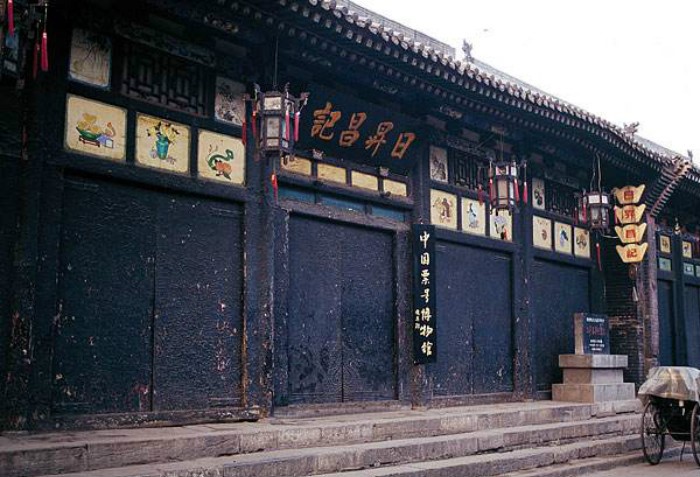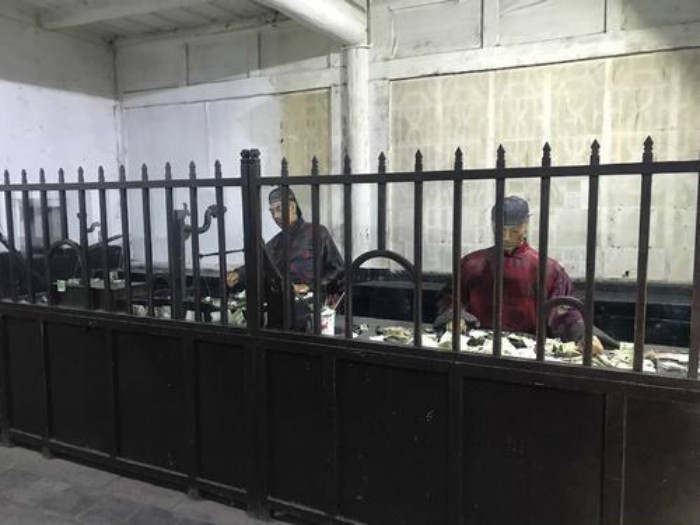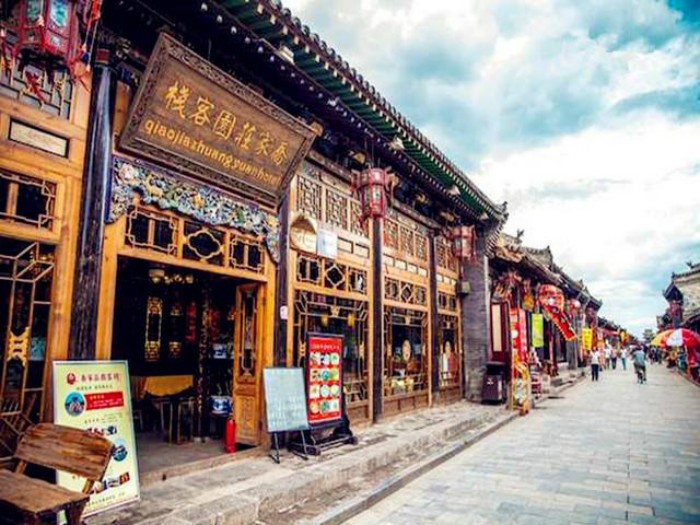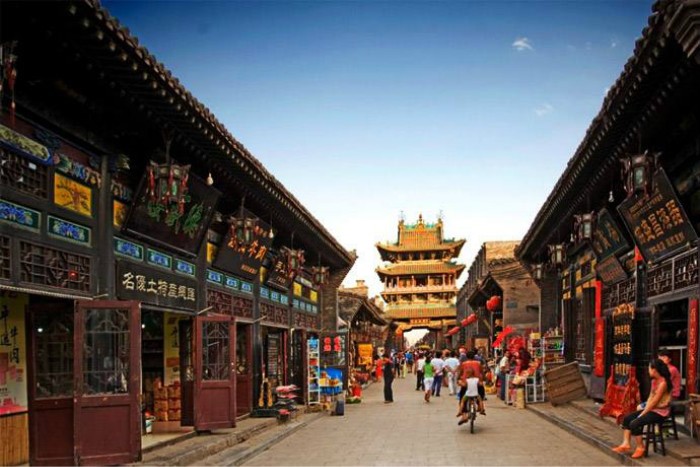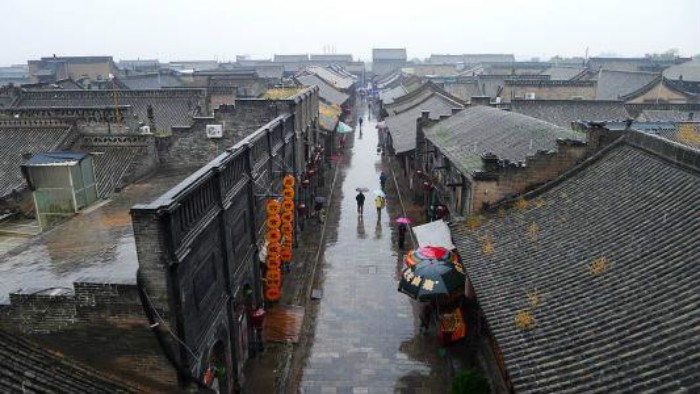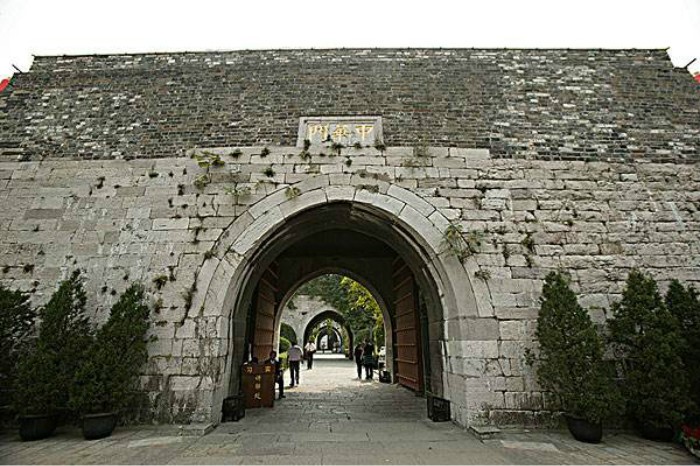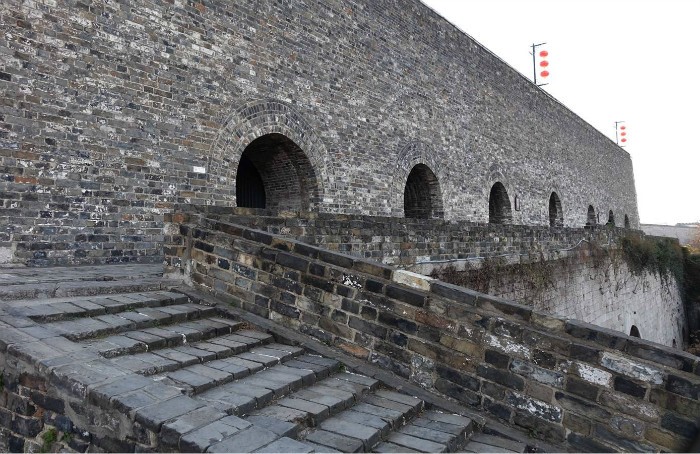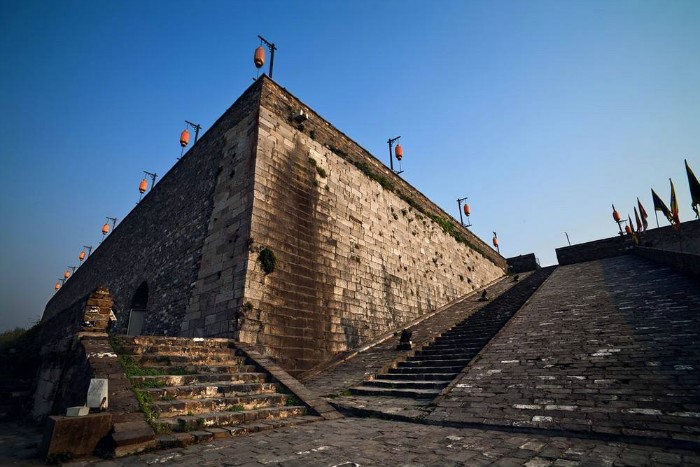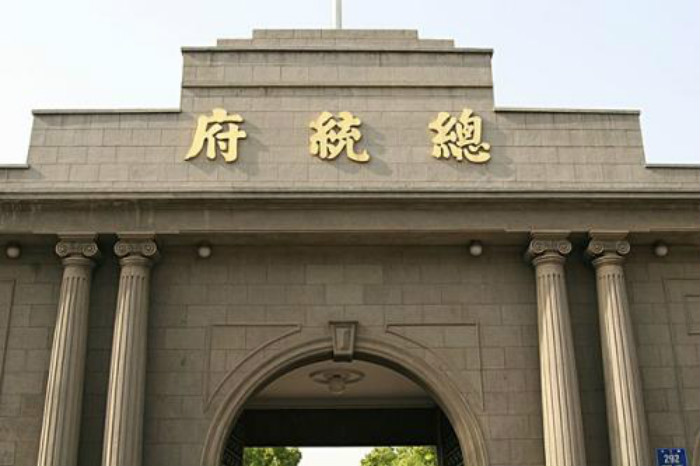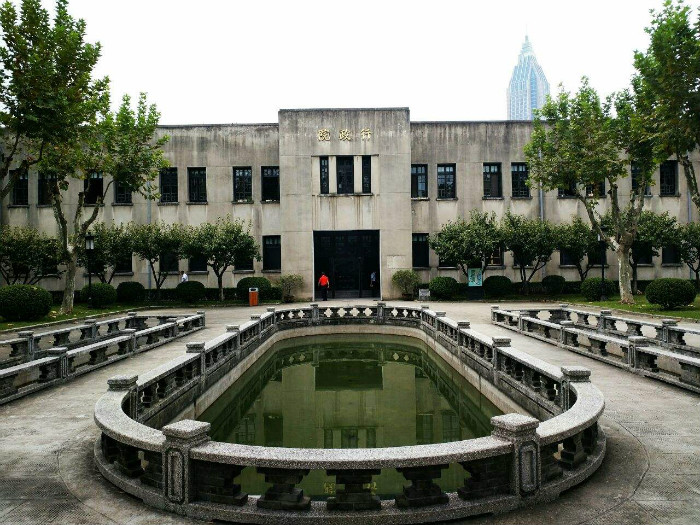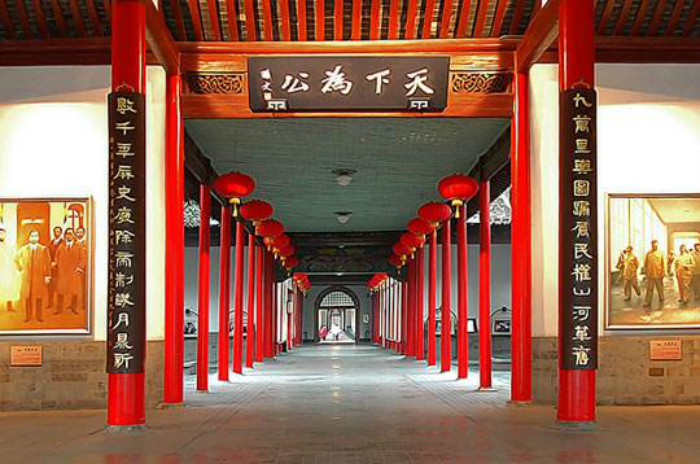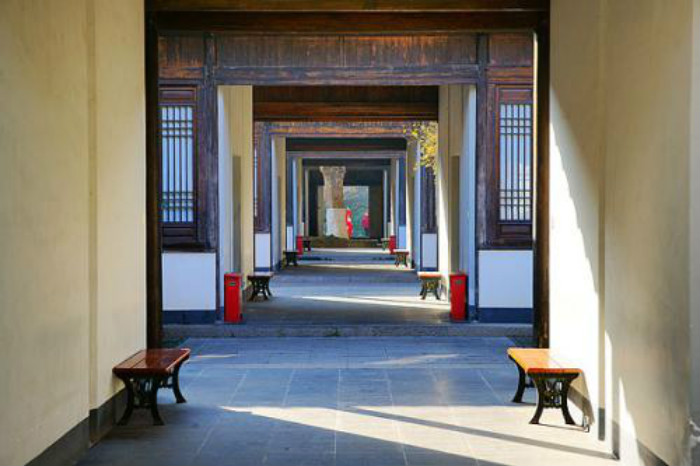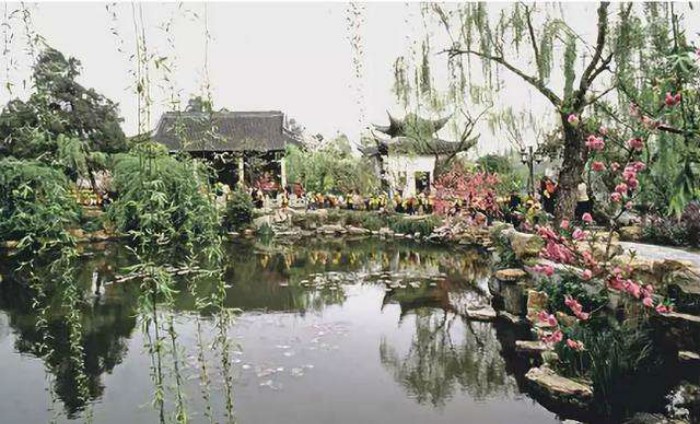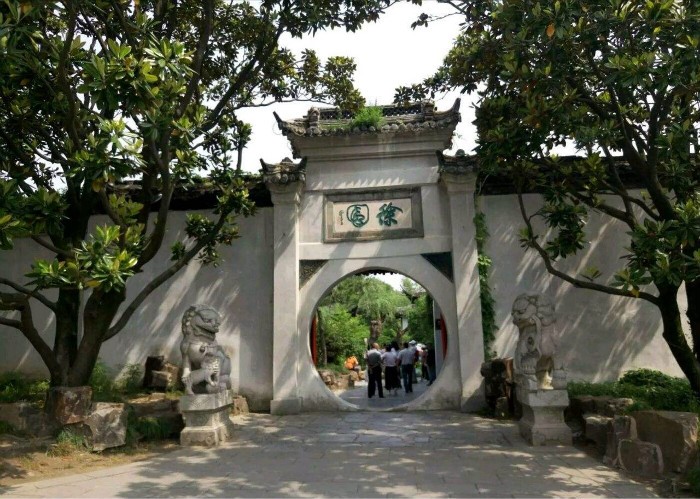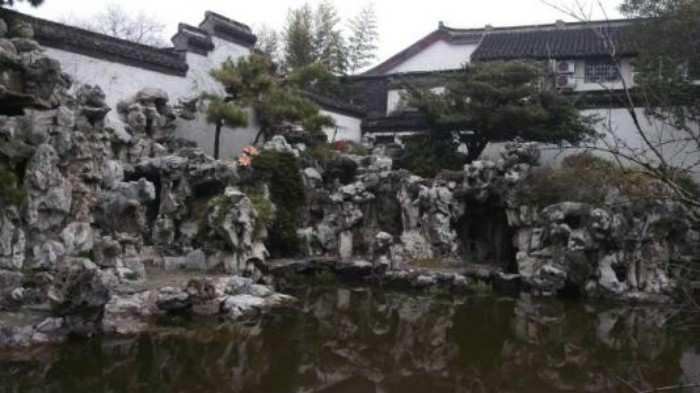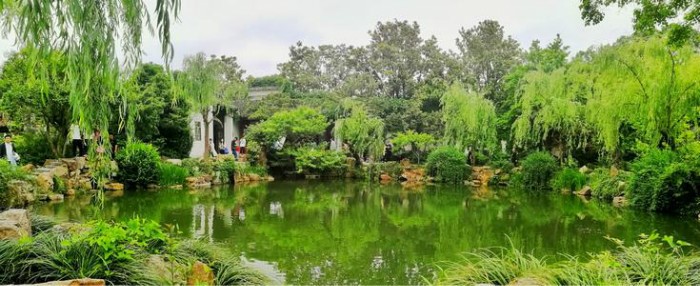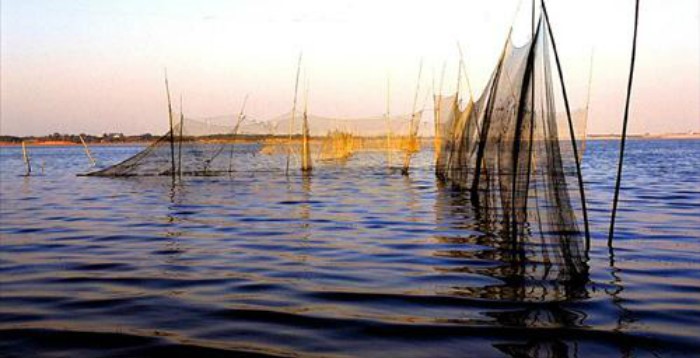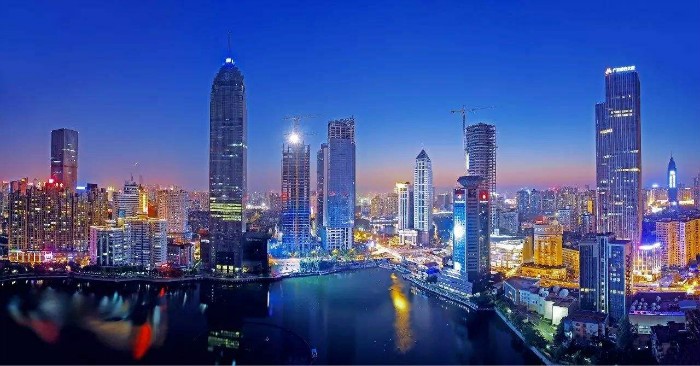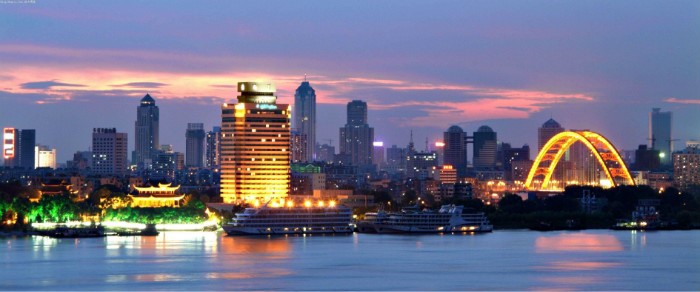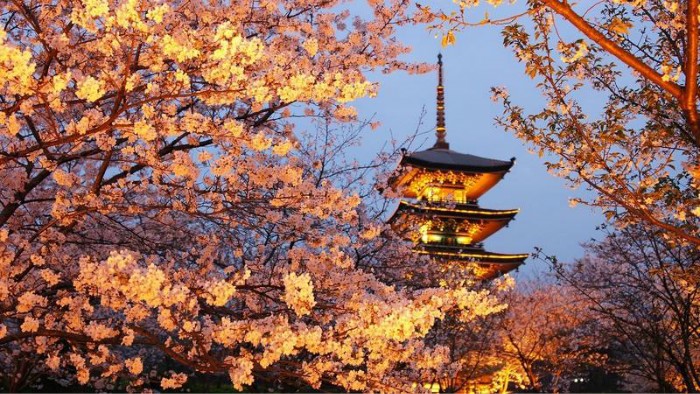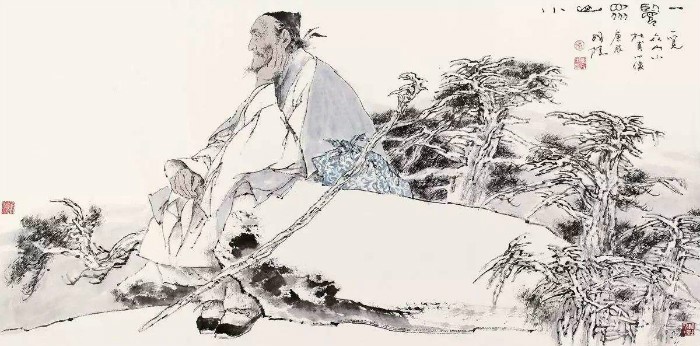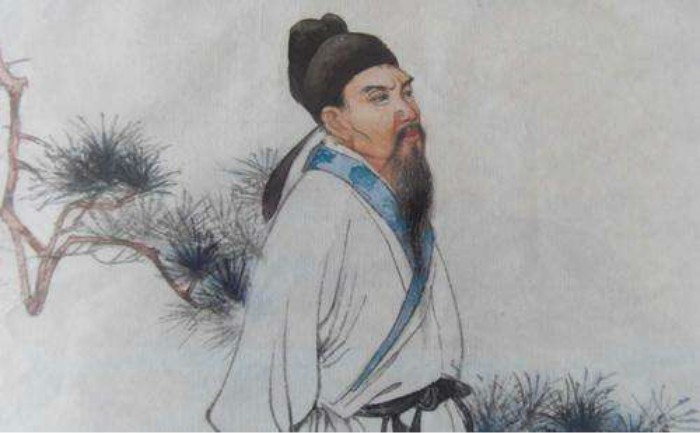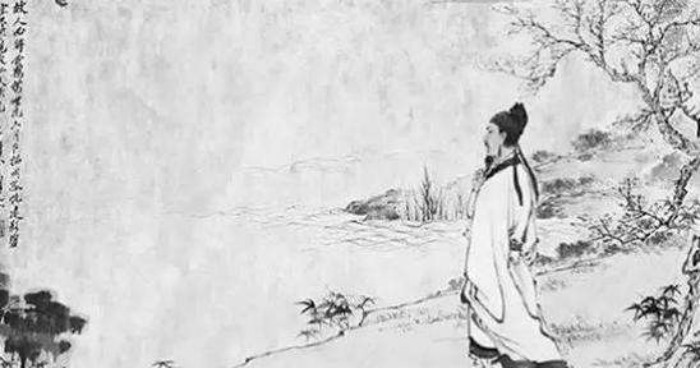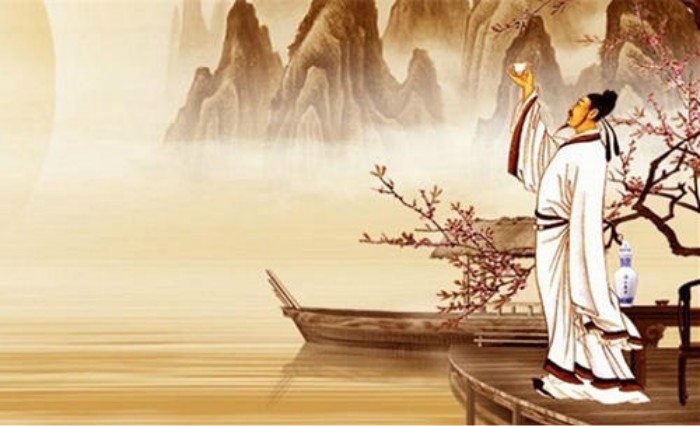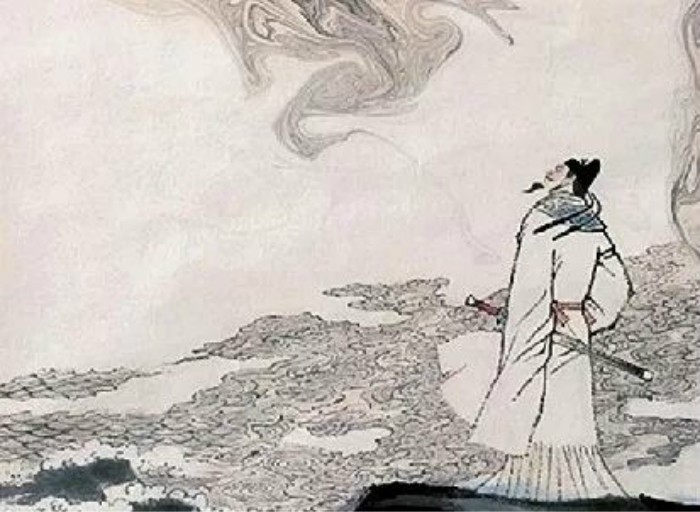Zhaozhou Bridge is about 25km (15.53 miles) from the southeast of Shijiazhuang City, and it was designed by renowned constructor Li Chun.
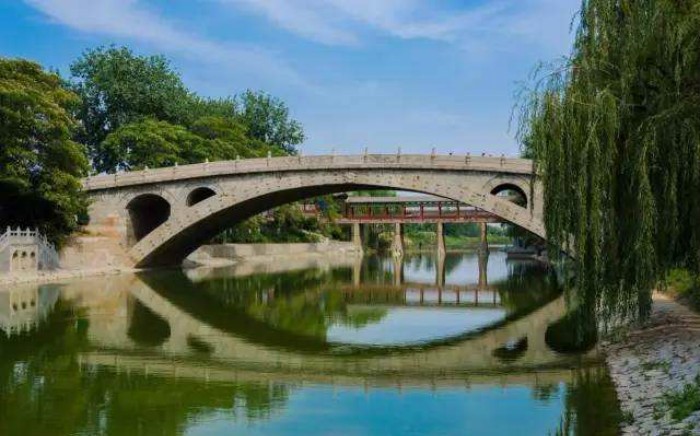
Zhaozhou Bridge is the earliest and best-preserved open-spandrel stone arch bridge now in existence. The name was bestowed by Emperor Zhezong of the Song Dynasty (1085-1100 A.D.), meaning ensuring people safe lives and aiding people. Designated by the State Council as being among China’s foremost protected monuments in 1961, Zhaozhou Bridge was also selected by the ASCE (American Society of Civil Engineers) as the twelfth “milestone of international civil engineering” and a bronze monument was presented by the ASCE.
The first view of the Park that jumps to the eye is the archaic door to the mountain.
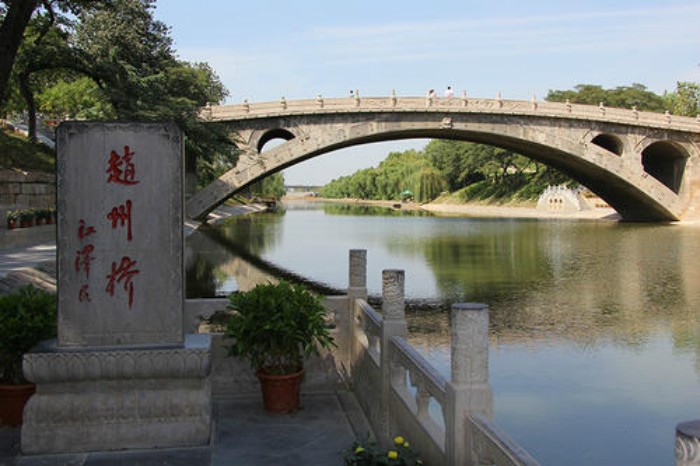
Zhaozhou Bridge stands out as a shining pearl set among the interspersed pavilions, the green grass and the majestic pines. The bridge is restored, but you can still see the relics of the old bridge, which are “national treasures”, in the exhibition room. In addition, there are also showrooms with an introduction to the surrounding environment and culture and a model designed for the expansion of Zhaozhou Bridge Park in future. If the whim hits you, you can row a boat on the blue-green water; Meanwhile, you can also have a taste of tea, read the legends of this bridge and get to know the influences of a bridge to the culture of a nation. You can also sit under the pavilions or the trees for comfortable and sweet dreams.
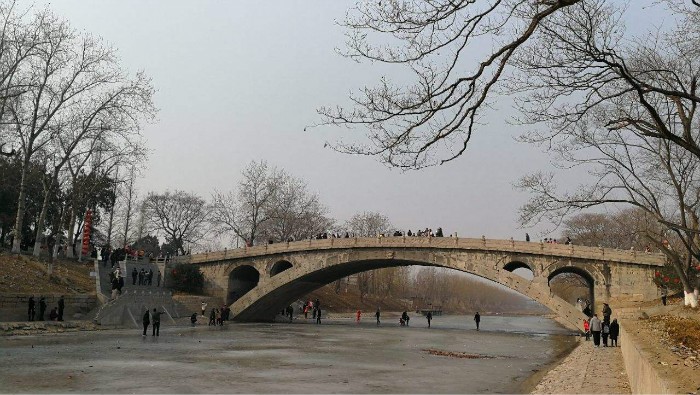
With a total length of 64m (211 feet), a span of 37m (121 feet) and a height of 7m (24 feet), the Zhaozhou Bridge is a single-arch stone bridge that has the longest span and history. The bridge is sophisticated yet elegantly constructed. Taking in the whole view, you will find it a single-arch bridge. However, it is actually a vertical combination of 28 arches. The two smaller spans in the shoulders of the bridge is an innovation in the history of the bridge construction, giving the stone bridge a fairly pretty design. Why is the Zhaozhou Bridge famous? Zhaozhou Bridge has its own architectural features: the greatness of the span and the smoothness of the arc not only cut the use of stone material but also facilitate travel. The two small spans in the two shoulders increase the drainage area to ease the flow of water, cut the use of stone material, lighten the bridge, and enhance the stability. The vertical combination building method makes every arch an independent body so that it would be convenient and economical for construction and restoration.
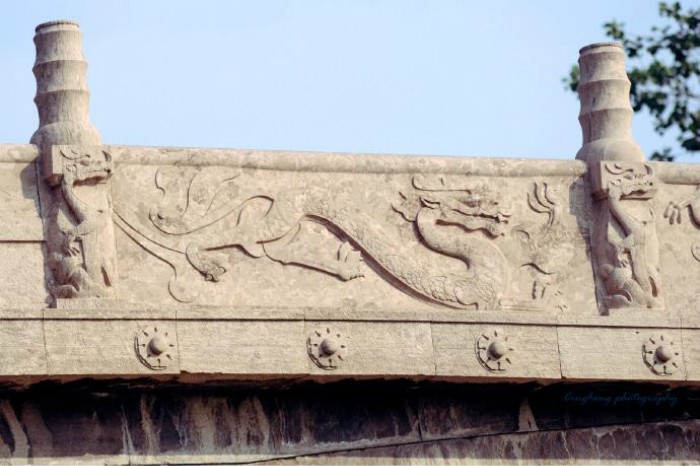
The sculptures on the bridge, such as the dragons, flowers and etc, are powerful, elegant, vivid and profound, demonstrating the artistic style and the essence of the Sui sculpture. As important as the Eiffel Tower and the Panama Canal, this bridge is honored as ‘the first well-known stone bridge in ancient China.’
